All about cupronickel

At the end of the 19th century, French scientists Chorier and Mayo, using an alloy of nickel and copper, created a metal that could very successfully imitate natural silver. The alloy began to be used for the manufacture of cutlery and tableware, and then they began to make jewelry from it, as well as medical instruments and various parts for technical use.
Cupronickel quickly became fashionable, therefore, in almost every family whose wealth did not allow having silver cutlery, forks, spoons and knives for feasts were made of cupronickel. The cost of such items was not too high, and by their appearance it was difficult to distinguish them from silver ones. However, the hostesses had to carefully polish the tableware from cupronickel to make it look expensive and presentable.
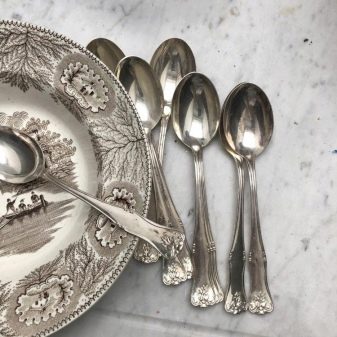
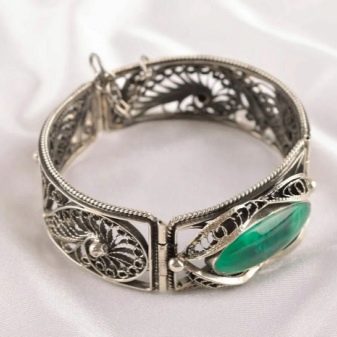
What it is?
The chemical formula of cupronickel implies compound of copper and nickel metals, taken in a certain percentage, the result of which is an alloy that looks shiny and has a silver color. Such a metal became a kind of stumbling block for the townsfolk, who did not know how to distinguish silver from cupronickel and often fell into a mess when purchasing cupronickel items at the price of silver items.
Iron and manganese were sometimes added to a copper-nickel alloy to increase the density and strength of the material. If a magnet was brought to such a product, then one could notice that it exhibits its magnetic properties and is magnetised, while silver products were not able to exhibit magnetic properties.
After conducting several experiments, experts began to make cupronickel of various brands, which even got their names and found certain areas of application for themselves.


Appearance
Cupronickel was originally conceived as an inexpensive alternative to silver. In appearance, products made of an alloy of copper and nickel did not differ in any way from silver ones, they looked just as elegant and soundly, but at a price they were much cheaper than their silver counterparts. It was especially difficult to identify cupronickel objects if gilding, silvering or a layer of rhodium was applied on top of them. The difference between silver and cupronickel lies not only in the composition of their alloys, but also in the principles of product care.
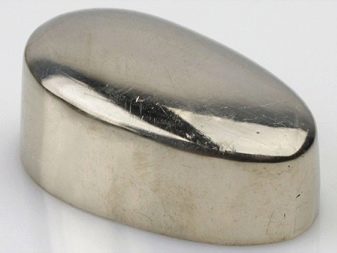
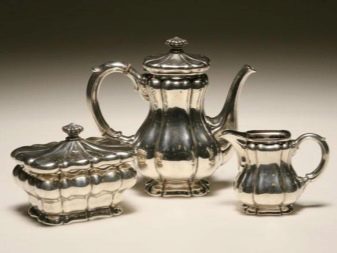
Composition
An alloy consisting of a copper-nickel base belongs to the class of non-ferrous metals. Basically, cupronickel consists of copper, and nickel and other additives act as a ligature, which gives the finished alloy hardness and strength. The composition of the metals applicable to the alloy allows the material not to corrode, being oxidized in air. It is the properties of the stainless metal and its silvery sheen that have become the most important and valuable in cupronickel.
Initially, cupronickel consisted only of copper and nickel, but over time, its composition became more perfect and varied. This is how various brands of cupronickel appeared. The composition of metals in modern cupronickel can be as follows:
- copper - from 65 to 90%;
- nickel (sometimes with the addition of cobalt) - from 5 to 30%;
- manganese - no more than 1%;
- iron - no more than 1%.

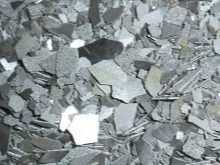
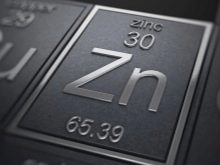
In some brands of cupronickel, zinc is present, which replaced a certain part of nickel. The resulting alloy had a noble steel-silver color and was quite often used for making coins. Due to the variety of cupronickel alloys, it reached the point that ignorant people began to call silver-plated brass spoons nothing but cupronickel.
The modern cupronickel alloy is a durable, stainless material. Due to the high copper content, the surface of cupronickel products dulls over time.
To maintain the original appearance of the product, it is required to regularly clean and polish both for preventive purposes and after use.
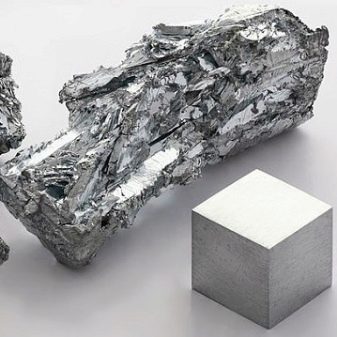

Marking
For products made of cupronickel alloy, there is a stamp (test), consisting of two letters: M and N. These letters indicate that the alloy contains copper and nickel. If Zh and Mts were placed next to the letters MN, then such symbols indicated that iron and manganese were included in the alloy in the form of a ligature. In addition to the letter designation, the stamp on cupronickel products also had numbers. For example, sample MNZhMts 30-1-1 indicated that the alloy, in addition to the copper base, contains 30% nickel, 1% iron and 1% manganese.
Products from cupronickel were made in our country until the collapse of the USSR, after which a similar alloy was produced with the addition of zinc. The result is nickel silver - one of the varieties of cupronickel. Items made of a copper-nickel alloy without zinc additives can now be purchased only in antique stores. Products made of nickel silver cannot be visually distinguished from silver in appearance and strength, only silver can darken when in contact with a damp surface and in air, and the nickel silver alloy with zinc will remain unchanged.
The hallmark of nickel silver is its stigma. And if cupronickel is marked with MN breakdown, then the zinc alloy already has a different marking - MNTs. Sometimes it happens that there is no sample on the product. Then, to determine the composition, you need to find out the date of its manufacture or evaluate the color of the product for the presence of a yellowish tint in it: if there is no such shade, it means that you have nickel silver in front of you, not cupronickel.
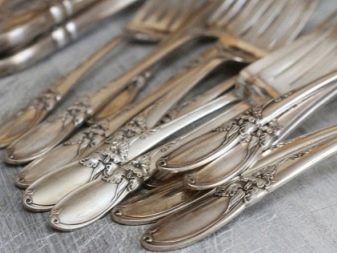
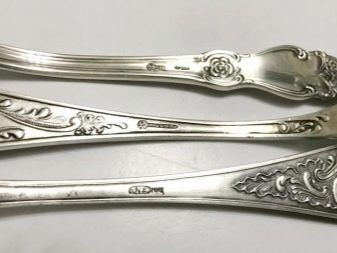
Metal properties
The characteristics of a copper-nickel alloy are as follows:
- the alloy does not enter into an oxidative reaction with oxygen;
- not exposed to salt and acid solutions, including sea water;
- shows resistance to gases;
- well susceptible to soldering, polishing;
- the density of the material is 8900 kg / m3;
- specific electrical resistance is equal to 284-285 nOhm / m, exceeding the resistance of copper by about 20 times;
- if there are no manganese and iron in the alloy, then cupronickel will be a conductor of electric current;
- without iron impurity in its composition, the alloy will not have the property of magnetization;
- the strength of cupronickel is comparable to the strength of steel;
- tensile strength of the material is 380-400 MPa;
- the Brinell hardness level is 66-70 units.
Cupronickel is considered to be a stronger alloy than silver, while its weight is significantly less than that of a noble metal.
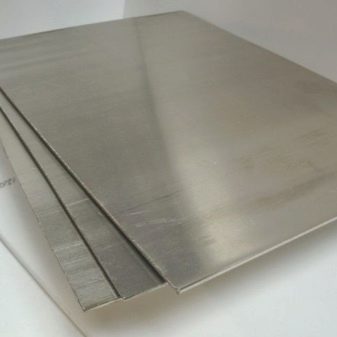
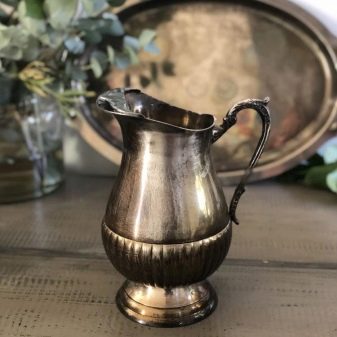
Melting temperature
To give the cupronickel alloy hardness, a special heat treatment is carried out, which consists in the following: the alloy is heated to 260-300 ° C, and then allowed to slowly cool in a furnace, naturally lowering the temperature. This process is called autofrettage. With its help, cupronickel is made very durable.
Material characteristics:
- the melting point of cupronickel ranges from 1190 to 1230 ° C and depends on the composition of the alloy;
- specific heat indicators are on average up to 390-400 J / kg, which manifests itself at temperatures from +15 to + 25 ° C;
- cupronickel composition is not subject to oxidative processes, provided that its ambient temperature is within the range of up to + 150 ° C.
The plasticity index of the metal will also depend on the composition of the alloy used in the alloy. The more iron and manganese in its composition, the lower the hardness coefficient of cupronickel.
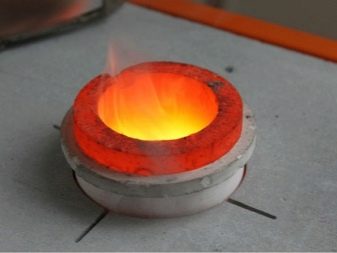
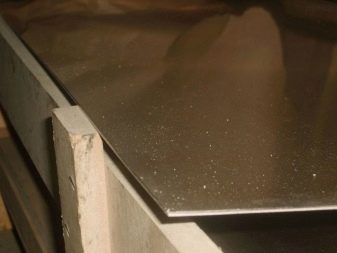
Varieties of alloys
To date, more than 65 different metal alloys are known, which belong to the general group of cupronickel. Each such alloy has its own name and properties, which is reflected in the marking and the percentage of the material.
Let's consider the most common alloys.
- Monel. The metal alloy contains up to 66-67% nickel. This material has found wide application in the manufacture of medical instruments, it is used for the production of products required in the oil and chemical fields, in the shipbuilding industry.


- Constantan. The alloy contains no more than 40-41% nickel, which gives the material high hardness and strength. This material is used for the manufacture of metal-cutting machines and fixtures.


- Nickel silver. The alloy contains up to 15% nickel in its composition, and zinc is also added as a master alloy. This alloy of cupronickel is used to issue state badges of distinction, coins and jewelry are made from it, as well as parts used in precision instrument making.
For the manufacture of cutlery and tableware, zinc is not used, and so that a metallic taste is not felt during meals, the surface of the cutlery is covered with a thin layer of gilding or silver.

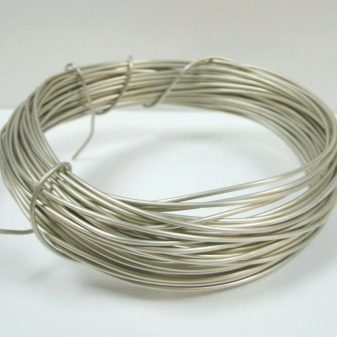
Areas of use
Since cupronickel is resistant to the effects of sea salt water, products are made from it, which are used in the field of marine shipbuilding. High electrical conductivity allows the use of cupronickel alloys for the production of thermoelements, resistors and other conductive elements. Cupronickel is often used in the automotive industry: certain parts of the car mechanism are coated with a metal alloy in order to prevent their corrosion.
Water shut-off valves, fittings, valves and other units of the water supply system are made of copper-nickel alloy. Cupronickel alloy is used in medicine: products made of this material can be repeatedly subjected to various options for antimicrobial treatment. Moreover, they do not rust, remaining in their original form.
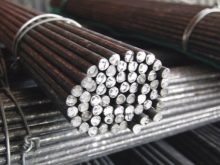

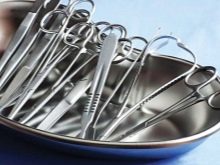
Cutlery and crockery
Since the creation of cupronickel alloy, it has been used for the production of tableware and cutlery, which in their beauty could compete with silver items. Sets of cupronickel spoons, forks and knives were used during festive feasts: this setting adorned the table with its bright silvery sheen. Vases for fruit or sweets, salt shakers, saucers, trays with a set of glasses, jugs and glasses were made from cupronickel alloy as cutlery.
It was not a shame to donate dishes from cupronickel. A teapot, a cup holder, a spoon with enamel - all this was not only appropriate, but also desirable, and was presented for any solemn occasion. Cupronickel was often used to make large tea samovars and Turks for brewing coffee. The inside of these items could be covered with a thin layer of tin so that when heated into water, no harmful substances are released. Cupronickel cup holders had low thermal conductivity: having put hot tea in them, one could not be afraid to burn fingers while drinking tea.
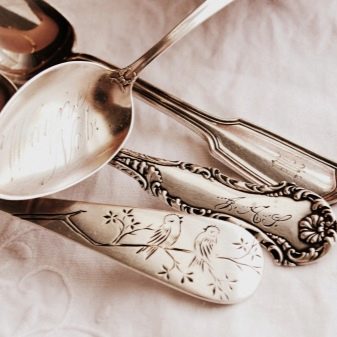

Decorations
The silver shine of the noble metal alloy did not leave indifferent jewelry lovers either. Cupronickel products have firmly occupied their niche in this area, but not as a fake silver, but as products made from a unique and demanded metal. Jewelry made of copper-nickel alloy has a high degree of wear resistance and exquisite appearance. They are additionally decorated with special blackening, patina is added, and processed in a filigree manner.
Cupronickel is often decorated with silvering: such a surface not only has an elegant appearance, but also has antiseptic properties due to silver ions. Quite often, an alloy of copper and nickel is decorated with gilding. This is mainly done with jewelry and souvenirs. The layer of gold applied to the surface of the items does not exceed 1 micrometer, but if it is applied by plating, then the durability of such gilding will be very high.
Gilded cupronickel, even with daily use, does not lose its properties. It is hypoallergenic and safe to use in contact with skin.
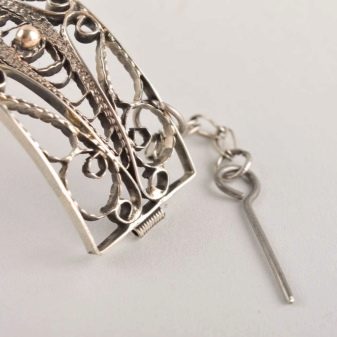

How to distinguish from stainless steel?
It can be very difficult to determine at home whether cupronickel in front of you or stainless steel. To facilitate the task, you can use the advice of specialists.
- Determination using a sample. On products made of an alloy of copper and nickel, a special stamp is put in the form of the letters МН, which can be combined with the letters Ж, Мц, Ц and numbers indicating the percentage composition of the ligature. There is no such marking on stainless steel products.
- If a drop of water is applied to the nickel-copper alloy, then after a few hours instead of a drop you will see a greenish stain, whereas stainless steel does not stain.
- Pharmacy lapis pencil leaves a dark mark on cupronickel products, but not on stainless steel.
- Cupronickel alloy has low magnetic properties, but stainless steel does not, since it contains chromium and nickel.
- Cupronickel alloy costs 3 times more, than an alloy of stainless steel, since cupronickel contains more expensive nickel.
They often try to pass off stainless steel as silver or cupronickel composition, but cupronickel is quite often found in fakes of precious jewelry, dishes and other products that imitate silver.
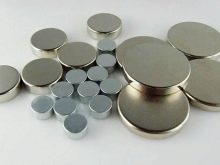

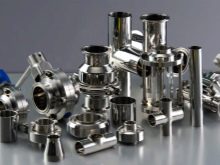
How to care?
In order for products made of nickel and copper alloy to look decent and attract attention with their beauty, they must be periodically renewed with the help of cleaning and polishing. For this purpose, you can use tooth powder, chalk composition or products intended for the care of jewelry made of precious metals and alloys. It is important that such cleaning agents do not contain acid components or chlorine elements, since these substances form a hard-to-remove plaque on the surface of cupronickel products.
Here are some recipes for cleaning cutlery or decorations.
- The surface is treated with soda dissolved in water in the ratio of 50 g of soda per 1 liter of liquid.It is not recommended to clean cupronickel soda dry powder, as after such a procedure, scratches may appear on the surface of the products. After processing with a solution of soda, the product must be rinsed with water and dried with a towel, as wet drops will form stains.
- Another baking soda recipe: put a layer of foil in an aluminum container and fill it with a soda solution (the same proportions as in the previous version). Next, you need to put the items that you plan to clean into the container. The container is placed on the stove, and its contents are brought to a boil. Then each item is rinsed in water and wiped dry with a cloth.
- Recipe with ammonia: a little ammonia is diluted in warm water, and cupronickel products are placed in the resulting solution. After a while, the items are removed from the solution, washed in clean water and dried dry by polishing them with a cloth to a shine.
- Egg shell cleaning: the eggshell must be thoroughly crushed to a powdery state - it is enough to take the shell from 2 eggs. Eggshell powder is placed in a large container, poured with a liter of water and 20 g of salt is added there. The container with the solution is put on fire and brought to a boil. Then cupronickel products intended for cleaning are placed in a boiling solution and boiled for at least 2-3 minutes. After that, the items are removed from the solution, washed with water, dried and polished using a clean cloth.
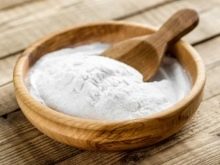
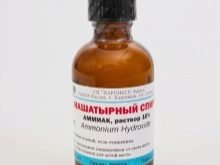
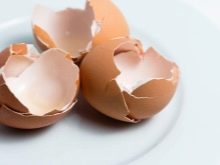
After the cleaning and polishing procedure is completed, products made of cupronickel alloy must be removed for storage in a special box or case with a soft inner part. The inside of the storage case must be dry and clean. Usually cupronickel items are sold already packed in special boxes or cases, therefore, it is best to store products in them.
It is very important to avoid exposure to moisture, chemicals or perfumes. Also, products should be protected from rough mechanical stress. Observing these simple rules, regularly performing the cleaning and polishing procedure, you can admire your cupronickel jewelry or cutlery for many years.
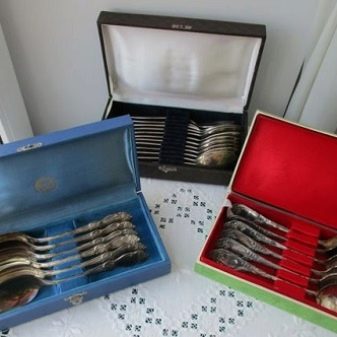
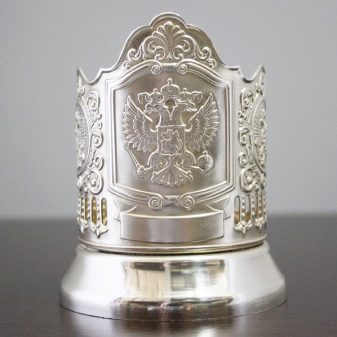
For information on how to clean cupronickel in two minutes, see the next video.








